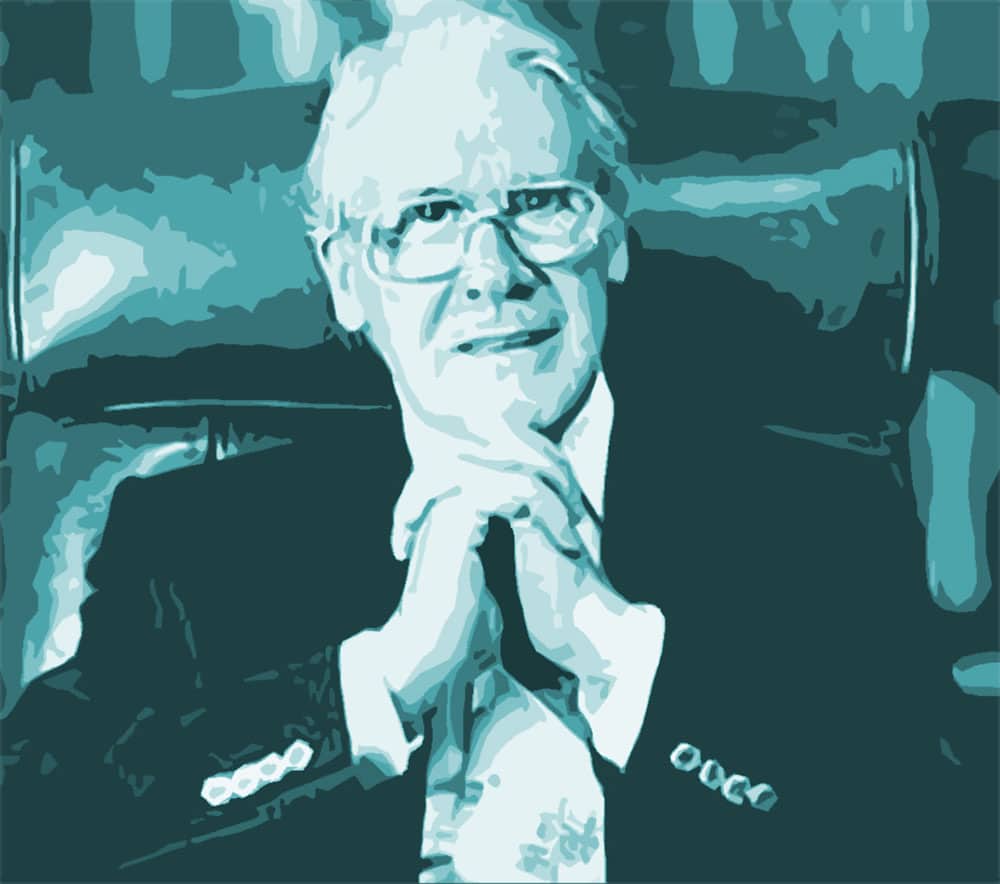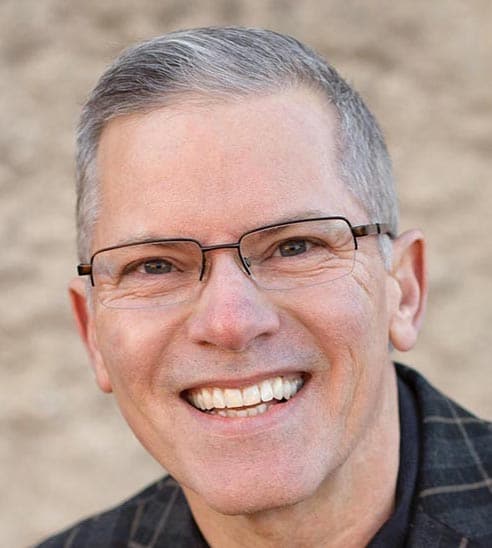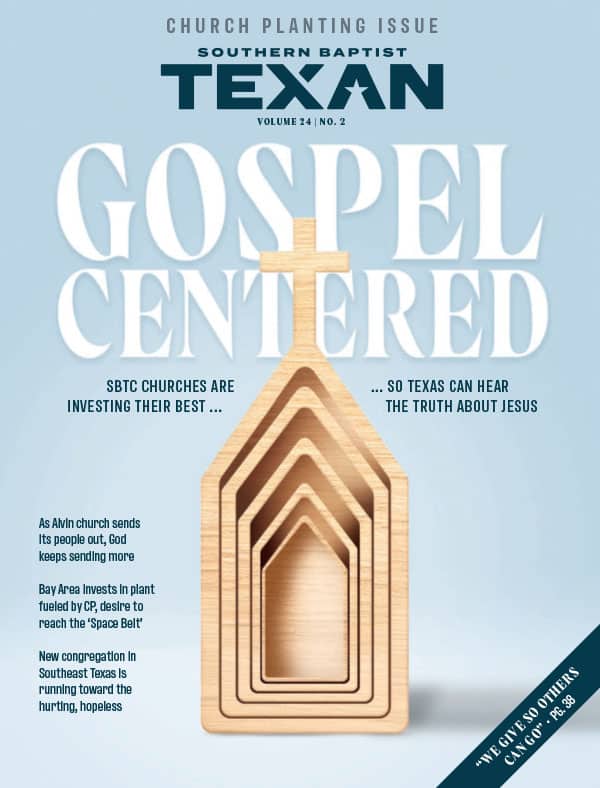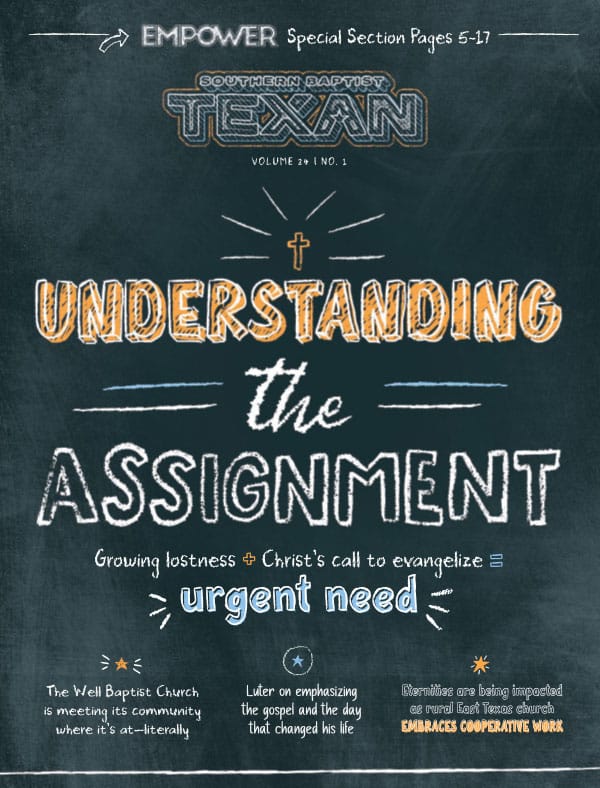T
he privilege of knowing Leonard Ravenhill when I was a teenager was nothing less than a sovereign surprise. Ravenhill was a British evangelist and writer whose statements on prayer and revival frequently pop up in sermons and on social media. God crossed our paths during the most impressionable years of my life.
Here are six lessons I learned from this wonderful man of God:
1. Invest in young people.
I was 16 years old in 1981 when I met Leonard, who was 74. The occasion was a prayer meeting he led on Friday nights in the house of the Brown family, just outside of my hometown of Tyler. Ravenhill knew as much about me as I did about him—nada. Yet because of this gritty English evangelist, a bunch of shaggy teenagers were praying while our peers were partying.
2. Pray with conviction.
I had only recently accepted God’s call into ministry when I started attending the prayer meeting with a few friends. Private and public prayer were still awkward for me at that time. God used Ravenhill’s prayers to loosen, then lighten, me up. He prayed with so much intensity that I expected the carpet under his knees to catch on fire. His fire for public prayer was stoked by the many hours of private prayer he had invested between those meetings.
3. Pray in unity.
I was a Southern Baptist kid who at first was intimidated by these often raucous prayer meetings, but I eventually got used to people praying out loud and at the same time. One night the prayer time devolved into noisy chaos and Ravenhill put a hard stop to it. It took several attempts for him to get everyone’s attention before he said firmly, “God does not cause the spirit of confusion. We have come to pray together in unity!” I remember wanting to give him a high-five, but had just enough restraint to stand down.
“He never stopped praying for the church to experience the next Great Awakening.”
Mark Dance Tweet
4. Great worship trumps great music.
I really enjoyed hearing Ravenhill pray and teach, but he was less than awesome at singing. Keith Green sometimes led worship from his piano, but mostly it was Ravenhill who led us a cappella—at least when I was present. Ravenhill’s favorite song was “Holy, Holy, Holy,” which he led at every single meeting. I loved it more each time we sang it.
5. Anger is not always a sin.
Most of Ravenhill’s books and sermons are prophetic in tone. I suspect he was not so much angry with the culture as he was the church. He never stopped praying for the church to experience the next Great Awakening. There is a righteous anger that leads to more righteousness, as well as an unrighteous anger which can lead to sin (Ephesians 4:26). Ravenhill was both good and angry, which ultimately meant he cared about the things God cared about.
6. Prayer is more caught than taught.
My Fridays with Ravenhill ended when I went off to college five hours away. Our last visit was in the Tyler hospital after a stroke left him temporarily speechless. After we prayed together one last time, his nod and smile were a sufficient graduation diploma from what I consider to be my school of prayer. As he is so often quoted as saying, “No man is greater than his prayer life.”














